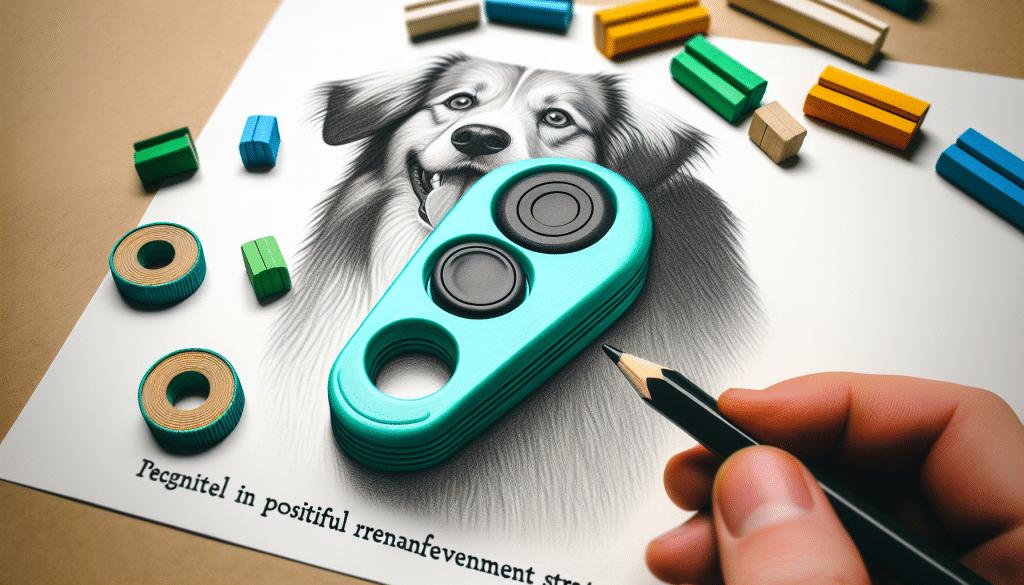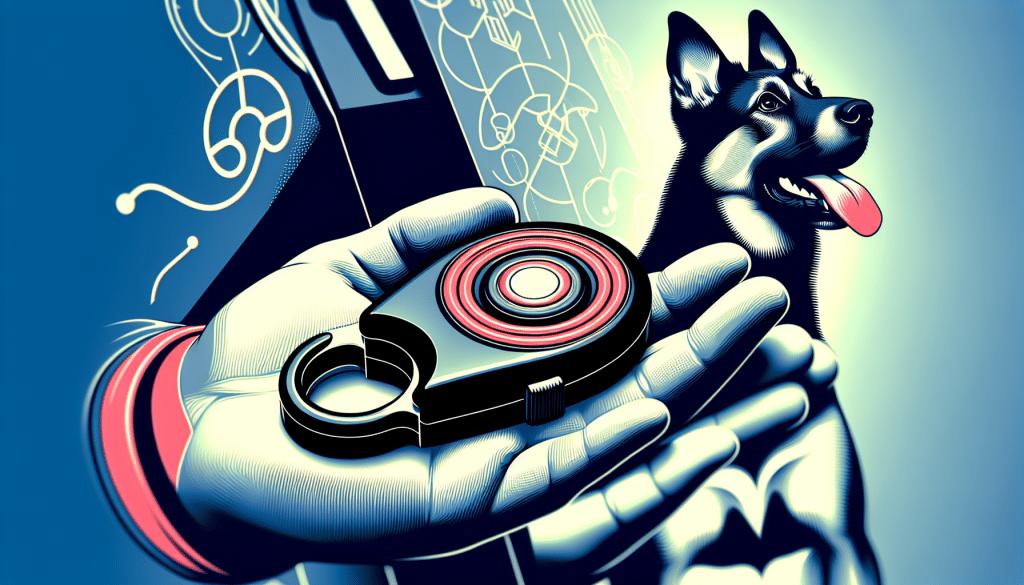If you’re looking for ways to effectively train your dog, then you’ve come to the right place! In this article, we will explore a range of innovative dog training devices that have proven to be highly effective in teaching dogs various commands and behaviors. From remote training collars to treat dispensers, these devices offer a convenient and efficient way to communicate with your furry friend and reinforce positive behaviors. So, get ready to discover the latest tools that will not only make dog training easier but also strengthen the bond between you and your canine companion.
Clickers

Basics of Clicker Training
Clicker training is a positive reinforcement training method that utilizes a small handheld device, known as a clicker, to mark and reinforce desired behaviors in dogs. The clicker produces a distinct and consistent sound that serves as a signal to the dog that they have performed the correct behavior. This training technique is based on the principles of operant conditioning, where the click sound functions as a conditioned reinforcer, similar to giving a verbal praise or a treat.
The basic idea behind clicker training is to teach the dog to associate the sound of the clicker with the desired behavior and then reward them with a treat or praise. By repeatedly pairing the click with rewards, the dog learns to associate the click with positive outcomes and is motivated to repeat the behavior in order to receive the reward.
Advantages of Clicker Training
Clicker training offers several advantages over traditional training methods. Firstly, it provides clear and precise communication between the trainer and the dog. The clicker sound is consistent, which eliminates any potential confusion or ambiguity in the dog’s understanding of the desired behavior.
Additionally, clicker training allows for more precise timing in reinforcing the desired behavior. Unlike verbal praise, which may vary in tone and intensity, the clicker sound is consistent and can be delivered at the exact moment the dog performs the desired action. This precise timing helps the dog make a clear association between the behavior and the reward, facilitating faster learning.
Furthermore, clicker training is positive and rewards-based, which promotes a strong bond between the trainer and the dog. It focuses on rewarding desired behaviors rather than punishing unwanted behaviors, creating a positive and enjoyable learning experience for both the trainer and the dog.

Pairing the Clicker with Rewards
In clicker training, the click should always be followed by a reward, such as a treat or praise. The reward serves to reinforce the behavior and motivates the dog to continue performing the desired actions. It is important to use high-value treats that the dog finds particularly enticing to maximize their motivation.
To pair the clicker with the rewards effectively, start by clicking the clicker and immediately offering a treat. Repeat this process multiple times to establish the association between the click and the reward. Gradually, you can introduce the behavior you want to train and click immediately when the dog performs the desired action. Follow the click with a treat to reinforce the behavior and encourage the dog to repeat it.
Consistency is key when using clicker training. Use the clicker for positive reinforcement consistently, and only click when the dog performs the desired behavior. With practice and repetition, the dog will quickly understand and respond to the clicker as a clear signal for the correct behavior.
Common Mistakes and Misconceptions
While clicker training is a highly effective training method, there are some common mistakes and misconceptions that trainers may encounter.
One common mistake is failing to mark the desired behavior accurately with the clicker. It is essential to click precisely at the moment the dog performs the desired action, as timing is crucial in clicker training. Delaying the click or clicking for an incorrect behavior can confuse the dog and hinder the learning process.
Another mistake is overusing the clicker. Clicker training is most effective when the click is paired with a reward consistently. However, once the behavior is well-established, the reliance on the clicker can gradually be reduced and replaced with alternative forms of reinforcement, such as verbal praise or a pat on the head.
It is also important to note that clicker training should always be used in conjunction with positive reinforcement. The clicker itself is not a magic tool that automatically trains dogs. It is the combination of the sound of the clicker and the subsequent reward that reinforces the behavior. Neglecting to reward the dog after the click can lead to confusion and a lack of motivation.
Lastly, it is crucial to set realistic expectations and be patient when using clicker training. Dogs learn at different paces, and consistency, repetition, and positive reinforcement are key to successful clicker training. It may take time for the dog to understand the association between the click and the behavior, so it is important to be patient and celebrate every small progress.
Overall, clicker training is a powerful and enjoyable training method that can effectively teach dogs a wide range of behaviors. When used correctly, it can create a strong bond between the trainer and the dog and produce reliable and consistent results.




